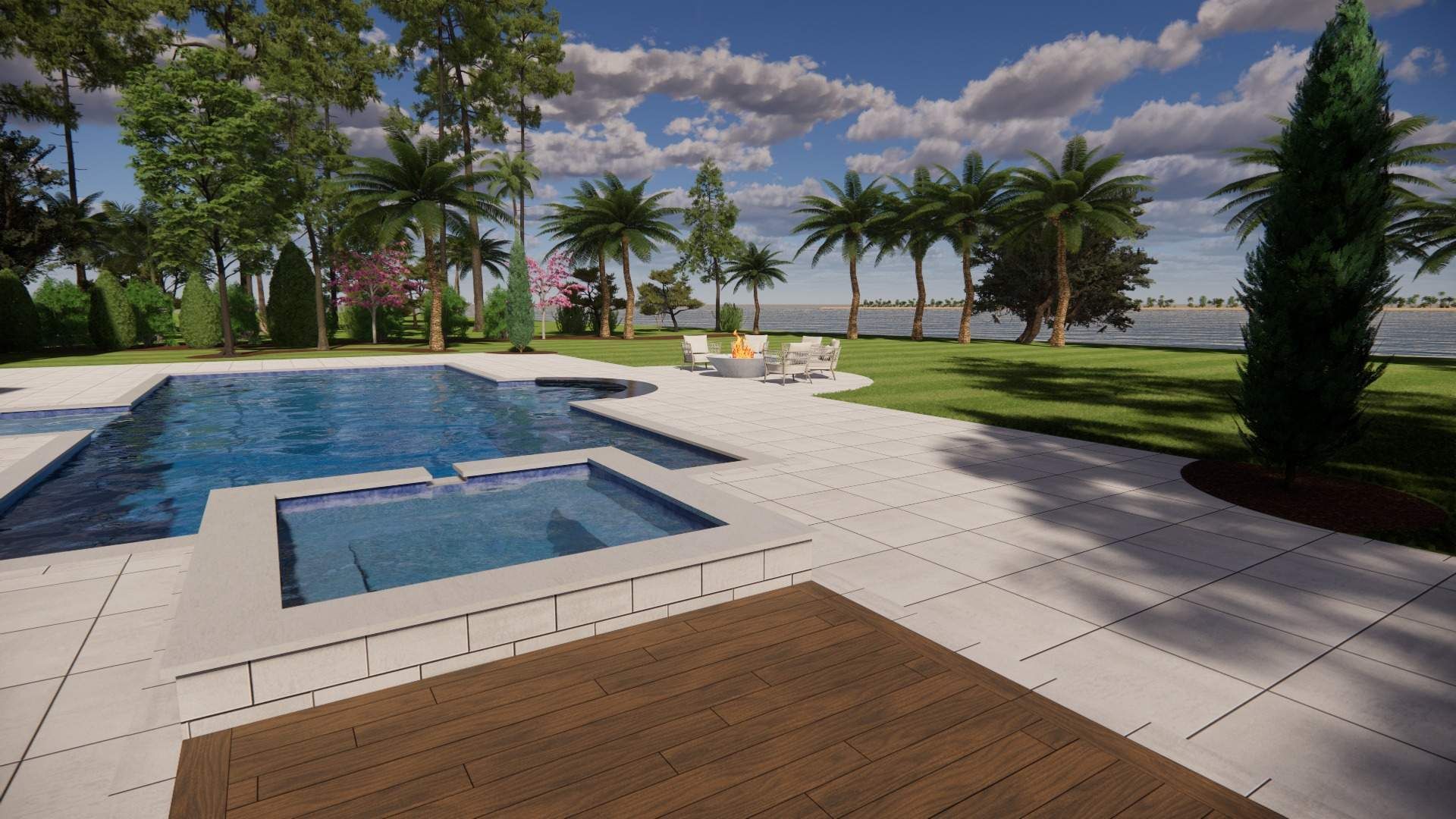Transform Your Coastal Gardens with Expert Native Plant Selection
This is a subtitle for your new post

Transform Your Coastal Gardens with Expert Native Plant Selection
Coastal gardens can be beautiful and easy to care for. Choosing the right plants is key to making your garden thrive. Native plants are great options. They grow well in our local soil and climate. Plus, they support local wildlife. In Hilton Head Island, South Carolina, many native plants can create a stunning landscape.
Key Takeaways
- Native plants grow well in local soil and climate.
- They need less water and care than non-natives.
- Native plants attract local wildlife, like birds and butterflies.
- Some great native plants for Hilton Head include sea oats, palmetto trees, and azaleas.
- For more information on landscaping with local flora, consider checking out our related resources.
Why Choose Native Plants?
Choosing native plants for your coastal garden is smart. They are already adapted to the local environment. This means they need less water and care. Native plants have deeper roots, which help them survive tough weather. They also resist pests and diseases better than non-native plants.
In addition, native plants attract wildlife. Birds, butterflies, and other insects thrive in gardens filled with local plants. This adds beauty and life to your garden. You can enjoy watching butterflies flutter and birds sing.
What Makes a Plant Native?
A native plant is one that grows naturally in a specific area. For Hilton Head Island, this means plants that have been here for many years. They are part of the local ecosystem. These plants have adapted to the local climate, soil, and wildlife. They work well with other plants in the area.
When you select native plants, you help keep the local landscape healthy. You support the environment and create a vibrant space in your yard.
Top Native Plants for Coastal Gardens
Plant Name Scientific Name Key Characteristics Wildlife Benefits Sea Oats Uniola paniculata Tall, strong; great for sandy soil Erosion control, habitat Sabal Palmetto Sabal palmetto State tree of SC; tolerates heat and drought Provides shade, nesting sites Southern Magnolia Magnolia grandiflora Large white flowers, fragrant Attracts pollinators Purple Coneflower Echinacea purpurea Colorful, easy to grow Attracts butterflies and bees Carolina Jessamine Gelsemium sempervirens Bright yellow flowers; climbing vine Attracts hummingbirds Sea Oats (Uniola paniculata)
Sea oats are great for sandy soil. They grow tall and strong, providing a beautiful backdrop in coastal gardens. Their roots help hold sand in place, which can protect against erosion. Sea oats are also very hardy and can tolerate salt spray, making them perfect for beach areas.
Sabal Palmetto (Sabal palmetto)
The Sabal palmetto is South Carolina's state tree. These palm trees are tough and can handle heat, drought, and wind. They add a tropical feel to your garden. Plus, they provide shade and can make your outdoor space feel cooler.
Southern Magnolia (Magnolia grandiflora)
This tree is known for its big, white flowers and glossy green leaves. Southern magnolias can grow quite large, making them suitable for open spaces. They are hardy and can thrive in various soil types. The sweet scent of the flowers will fill your garden with a lovely fragrance.
Purple Coneflower (Echinacea purpurea)
This flower adds a splash of color to any garden. The purple coneflower is not only pretty but also easy to grow. It attracts butterflies and bees, making it a great choice for pollinator gardens. They bloom in summer and fall, providing long-lasting beauty.
Carolina Jessamine (Gelsemium sempervirens)
Carolina jessamine is a climbing vine with bright yellow flowers. It can add a pop of color to trellises and fences. This plant is also fragrant, attracting bees and hummingbirds. It thrives in sunny spots and can tolerate drought.
Preparing Your Garden for Native Plants
Before planting, it's essential to prepare your garden. Here are some steps to follow:
Assess Your Soil
Understanding your soil is crucial. Native plants grow best in healthy, well-drained soil. Conduct a soil test to check its pH and nutrient levels. You can find soil testing kits at local garden centers. Based on the results, you might need to amend the soil with compost or other organic matter.
Choose the Right Location
Pick a spot with the right amount of sunlight for the plants you want. Most native plants prefer full sun, but some may thrive in partial shade. Observe your garden throughout the day to see how much sun different areas receive.
Plan Your Layout
Think about how you want your garden to look. Group plants with similar water and sunlight needs together. This will make care easier. Consider layering your plants. Taller plants can go in the back, while shorter ones can fill the front.
Additional Preparation Tips
- Remove Existing Weeds: Clear the area of weeds before planting to give your natives the best chance to thrive.
- Consider Drainage: Ensure your selected location has good drainage to prevent waterlogging.
- Plan for Wildlife: Leave some areas undisturbed to provide natural habitats for local wildlife.
Planting Your Native Plants
Once you have your plants and plan, it’s time to plant. Follow these simple steps:
- Dig Holes: Make holes that are twice as wide as the plant roots but no deeper than the root ball.
- Remove Plants from Their Pots: Gently squeeze the sides of the pot to loosen the soil.
- Place the Plant: Set the plant in the hole. Make sure the top of the root ball is level with the surrounding soil.
- Fill the Hole: Add soil around the roots, pressing it down gently to remove air pockets.
- Water: Give your new plants a good drink of water. This helps them settle in.
Caring for Your Native Plants
Native plants are low-maintenance, but they still need some care.
Watering
In the first few weeks after planting, be sure to water your plants regularly. Once they are established, they will need less water. You can water less often, especially during rainy seasons.
Mulching
Adding mulch around your plants helps keep moisture in the soil. It also reduces weeds. Use organic mulch, like pine straw or wood chips, to enrich the soil as it breaks down.
Weeding
Keep an eye on weeds. They compete for water and nutrients. Remove weeds by hand or use a hoe, being careful not to disturb your native plants.
Benefits of Native Plants in Coastal Gardens
Choosing native plants for your coastal garden offers many benefits. Here’s what you can enjoy:
Low Maintenance
Native plants need less water and little care compared to non-natives. This saves you time and effort.
Environmental Support
Native plants help maintain the local ecosystem. They provide food and habitat for wildlife. This is especially important for pollinators like bees and butterflies.
Pest Resistance
Native plants are more resistant to local pests. This means fewer chemicals are needed to keep your garden healthy.
Beauty and Variety
Native plants can be just as beautiful as exotic plants. They offer a variety of colors and textures. You can create a stunning landscape using local plants.
Common Mistakes to Avoid
When selecting and caring for native plants, it’s easy to make mistakes. Here are some things to watch out for:
Ignoring Soil Conditions
Always test your soil before planting. If you ignore this step, your plants may struggle to grow.
Overwatering
While new plants need water, overwatering can harm them. Allow the soil to dry out between waterings once your plants are established.
Choosing Non-Native Plants
While some non-native plants may look appealing, they can harm local wildlife. Stick to native plants for the best results.
Planting at the Wrong Time
Timing is key when planting. Spring and fall are the best times to plant native species in Hilton Head. This allows them to establish roots before facing extreme weather.
Additional Resources for Your Garden
To enhance your gardening experience, you might want to explore options for sustainable landscaping and natural pest management. These approaches can further support your native plant garden’s health and aesthetics.
Resource Type Description Benefits Sustainable Landscaping Techniques that promote ecological health Enhances biodiversity; minimizes maintenance Native Plant Nurseries Local sources for purchasing native plants Ensures high-quality, healthy plants Natural Pest Control Organic methods to manage pests Reduces chemical use; safe for wildlife
Conclusion
Creating a coastal garden with native plants is a rewarding experience. You can enjoy the beauty of nature while supporting the local environment. By choosing plants like sea oats, palmetto trees, and southern magnolias, you can create a stunning outdoor space. Remember to prepare your soil, choose the right locations, and care for your plants. Native plants will thrive with your help and become a lovely addition to your home.
Get Started Today!
Are you ready to create your own native plant garden? Start by visiting your local nursery for native plants. You can also reach out to our team at Hilton Head Landscapes. We can help you with design, installation, and maintenance for your new garden. Let’s make your outdoor space beautiful and full of life!


